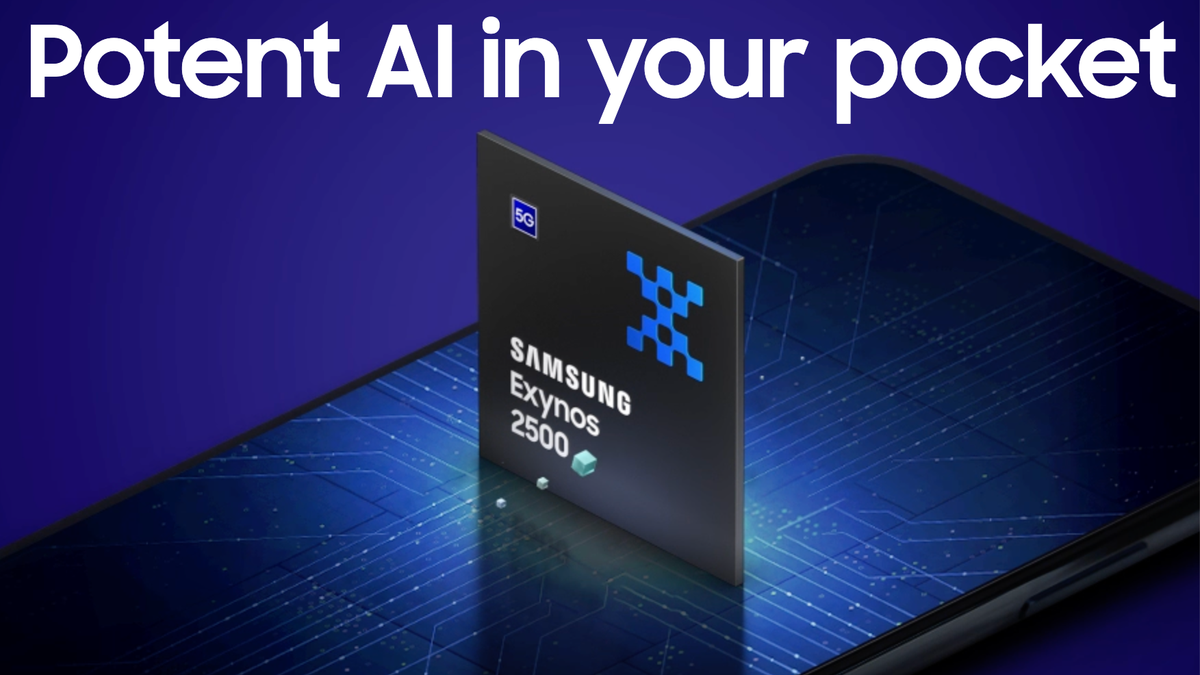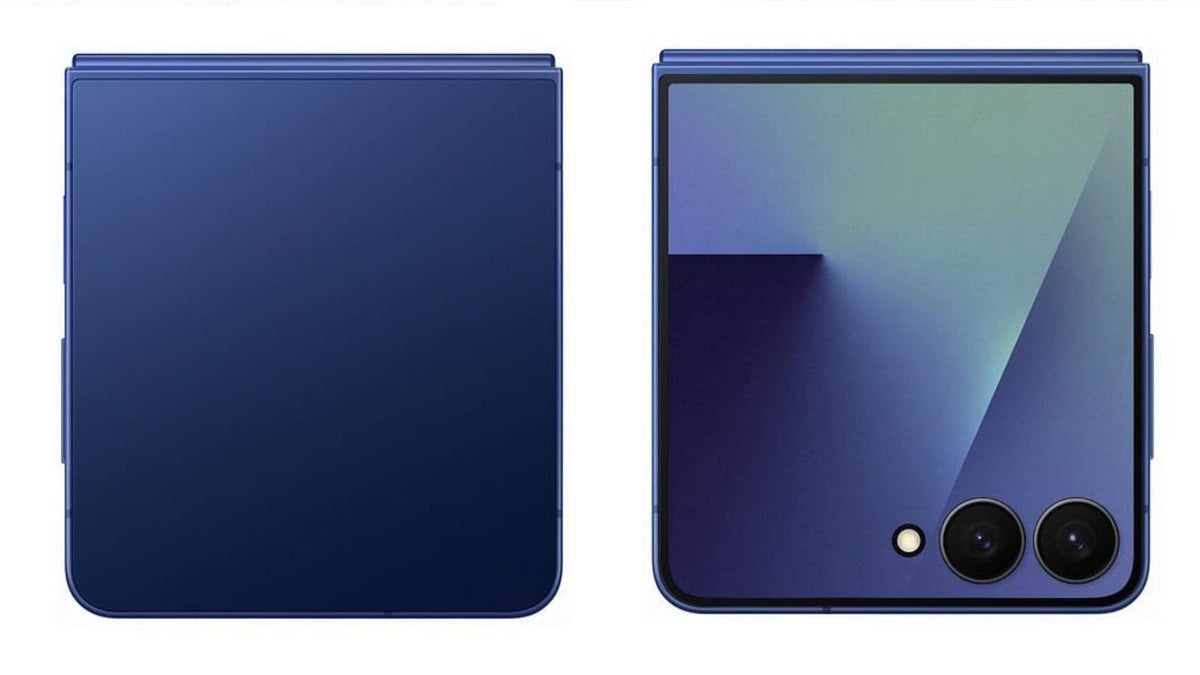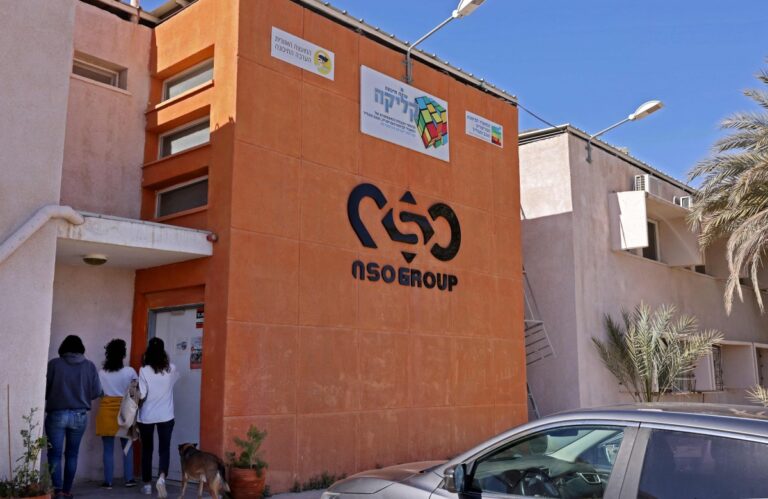Samsung might be betting too much on its name with the Galaxy Z Flip 7
Wasn’t Exynos supposed to keep the price down?

The new chip should be inside the upcoming Galaxy Z Flip 7. | Image credit – Samsung
Just yesterday, Samsung made the Exynos 2500 official. It’s designed to go head-to-head with the Snapdragon 8 Elite chip, which should power the Fold 7. Meanwhile, the Exynos 2500 is expected to make its debut inside the Galaxy Z Flip 7.
And since Samsung is using its own chip here, I figured the price would stay flat. After all, ditching Qualcomm means the company is saving a bunch of cash on licensing fees, right? Well, apparently not.
It’s a common assumption that making a chip in-house should cut costs compared to paying an outside supplier like Qualcomm. But here’s the thing: chip yields matter – a lot. And building chips on a cutting-edge 3nm process (which the Exynos 2500 uses) is tricky business.”Yield” basically means how many working chips you get out of a batch. And Samsung Foundry hasn’t exactly had the smoothest ride with its 3nm yields. If a lot of chips end up unusable, each working chip ends up costing more.
The Exynos 2500 was originally meant to debut in the Galaxy S25. But word is that yield problems forced Samsung to do a last-minute switch back to Snapdragon for its premium S series. Hence, it will now debut with the Z Flip 7. And reportedly, that ended up costing the company a lot.
Of course, this isn’t the only factor. There’s also production volume, R&D costs and other behind-the-scenes expenses. And even if Samsung is saving some money internally, it might still want to keep the price high to match the “flagship” image of its foldables. If the Exynos 2500 can hold its own against the Snapdragon 8 Elite, Samsung might feel comfortable charging the same, no matter what’s inside.
And let’s not forget that the chipset is just one part of the whole cost structure. Tariffs are also playing a big role in pricing right now. Not that they didn’t before, but lately, things feel even more unpredictable, making stable pricing tougher across markets.
Can the Flip 7 compete with this kind of price tag?
This is how the new Flip 7 might look like. | Image credit – Evan Blass
And if the price is going up but the upgrades are minimal, as it is expected, the Flip 7 might start to lose ground to its biggest rival – the Motorola Razr Ultra (2025). That one comes in at $1,299 for the 512 GB version. Still pricey, sure, but this year’s Razr is… kind of excellent.
Battery-wise, the Razr wins again with a 4,700mAh cell, while the Flip 7 is expected to stick with the same 4,000mAh we saw last year. And don’t even get me started on charging speeds – the Razr supports 68W fast charging and tops up in about 40 minutes. The Flip takes an hour and a half and that might not change with this generation either.
Then there’s the design. And sure, that’s personal, but I really like the way the Razr looks. It feels more premium and refined. Plus, Motorola gives you a much better cover screen experience, which is a big deal. The Flip 7 is supposed to get a bigger cover screen, but that might be the only real upgrade over the previous model.

Video credit – PhoneArena
As for the cameras, Motorola hasn’t turned the Razr into a photography beast, but it has improved. Meanwhile, don’t expect any major camera upgrades on the Flip 7.
But there’s one more player coming

The new Mix Flip 2 is launching this week. | Image credit – Xiaomi
At a similar price, Xiaomi is expected to launch the Mix Flip 2 on June 26 and it could easily steal the spotlight from both Samsung and Motorola. It’s rumored to feature a 6.85-inch OLED internal display with 1.5K resolution and a 120Hz refresh rate.
Under the hood, rumors point to a big 5,100mAh battery, 67W wired charging, 50W wireless charging and the same Snapdragon 8 Elite chip.
However, this one also has one big catch. It is not expected to be available in the US. And while importing is technically an option, you might run into network issues and limited support.
So yeah, the Galaxy Z Flip 7 might not come out on top when it comes to specs or even design (though we’ll know more on July 9). And if that higher price is real, the value side of things gets even shakier. But Samsung might still hold the edge thanks to its software support.
And for those who think that doesn’t really matter – this might be the year that proves them wrong. Seven years of OS updates can absolutely make a difference when you’re spending that kind of money.
Of course, deals and discounts can make a big difference and Samsung usually plays that card well. But Motorola is aggressive with promotions, too. So, as it stands, Samsung might still be able to charge more and hold its ground.
I mean unless Moto suddenly gets serious about software, Samsung can kind of keep doing its thing. If and when that changes, though? Samsung will really need to step it up and bring meaningful upgrades to justify price hikes.
Think bigger battery, faster charging, more RAM and storage, camera improvements, a sleeker design – maybe even some premium options like leather or at least more stylish finishes. If you’re going to charge more, you’ve got to deliver more, right?






